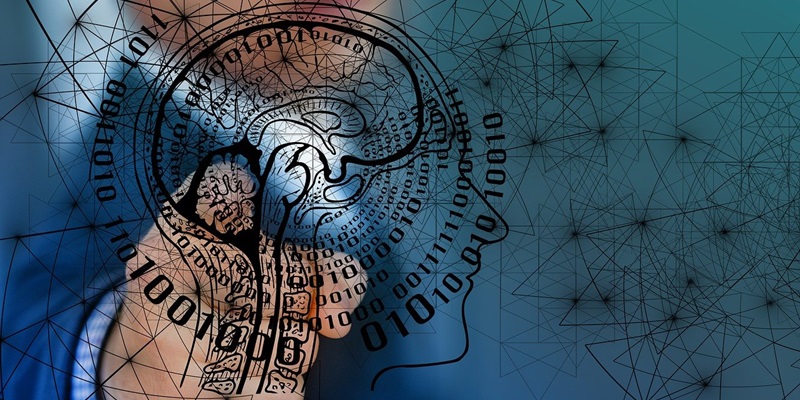Elon Musk, founder of Tesla and SpaceX, pursued legal action against OpenAI, which he co-founded, driven by his ambitions to merge it with Tesla and take control of the AI entity. His goal was to challenge Google’s DeepMind with a robust alliance. Internal OpenAI resistance met Musk’s intentions, with concerns they conflicted with the company’s core principles.
Internal correspondence from 2015 to 2018 reveals Musk’s push for integration, but after failing to secure a funding agreement with Tesla in 2018, he cut ties with OpenAI. The conflict escalated, and a recent OpenAI blog post suggested grim prospects for the firm without drastic changes, hinting at DeepMind’s competitive edge. Musk’s movement against OpenAI reflects his vision for AI’s future and a strategic attempt to lead in the field against rising AI titans.
The Legal Battle Intensifies
In a surprising development, Elon Musk has initiated legal action against OpenAI in 2024, accusing the company of deviating from its original nonprofit mission after forming an exclusive partnership with Microsoft. OpenAI, however, contests these allegations, maintaining that the term “Open” does not imply an obligation to freely distribute AI technology. They have expressed regret over Musk’s lawsuit, as he was once an ally.
Musk’s legal team demands that OpenAI’s research be made freely available and that the exclusivity with Microsoft be terminated. OpenAI’s defense is set to challenge Musk’s accusation, arguing that their agreements align with their policies and that the lawsuit misrepresents their objectives and operations. This legal dispute highlights the difficulty of adhering to nonprofit ideals within the competitive and lucrative AI industry.

